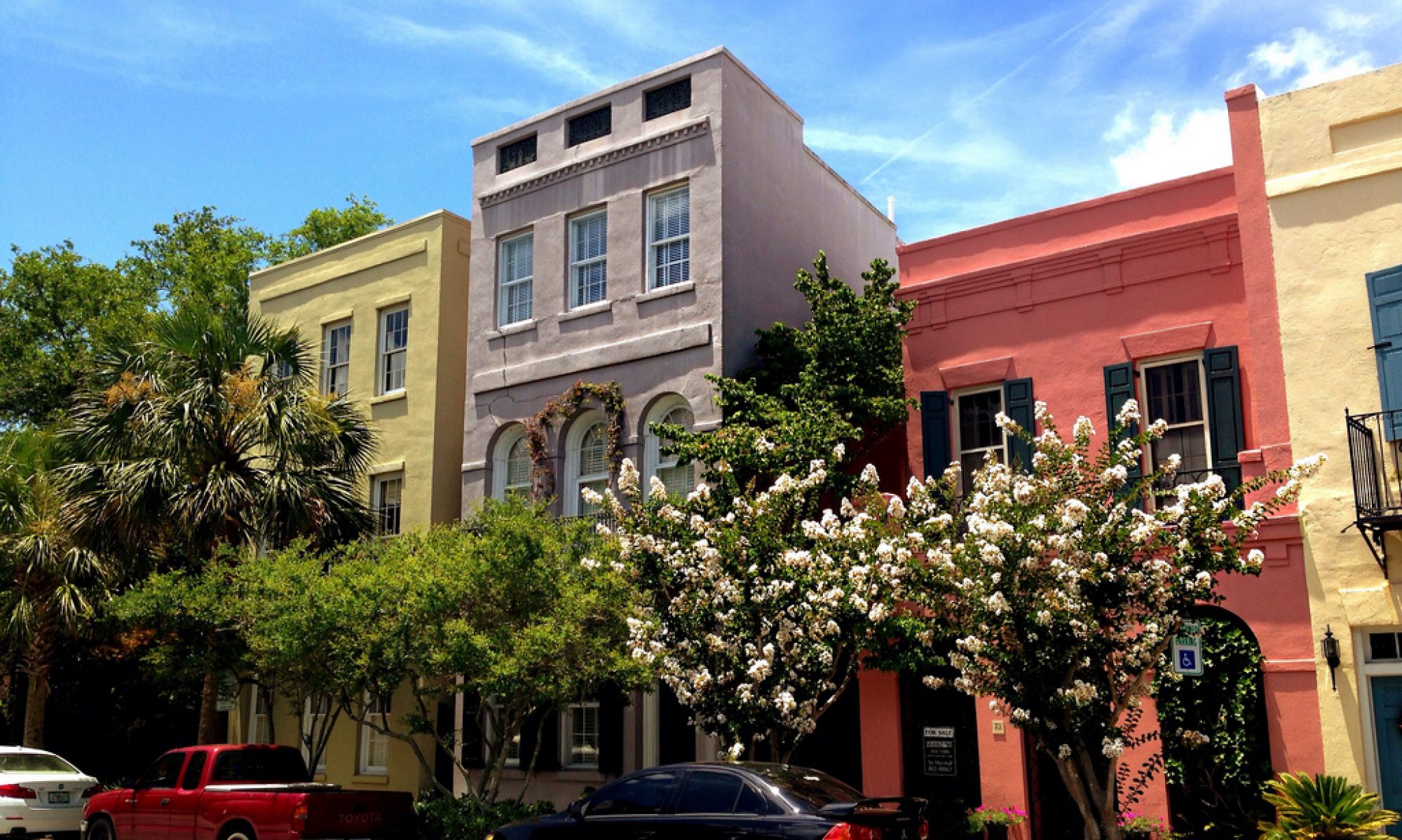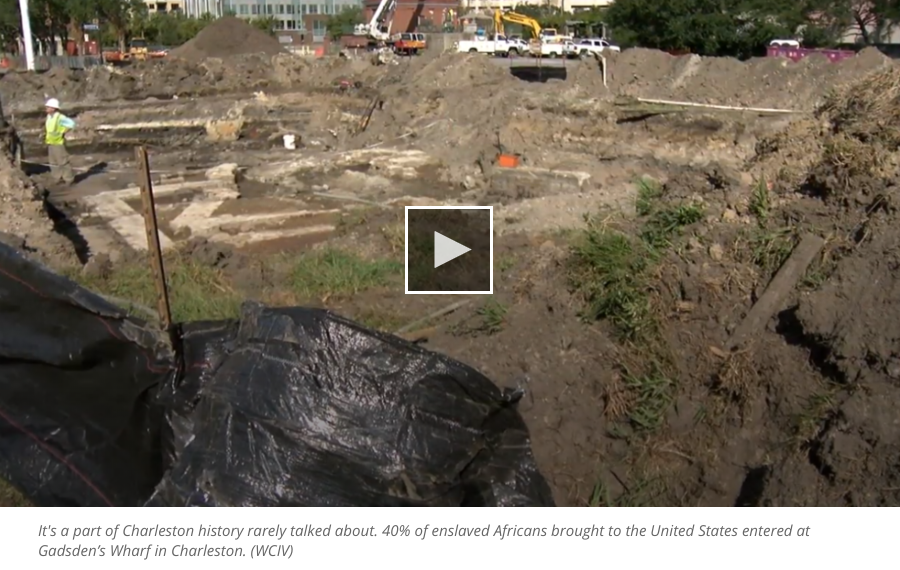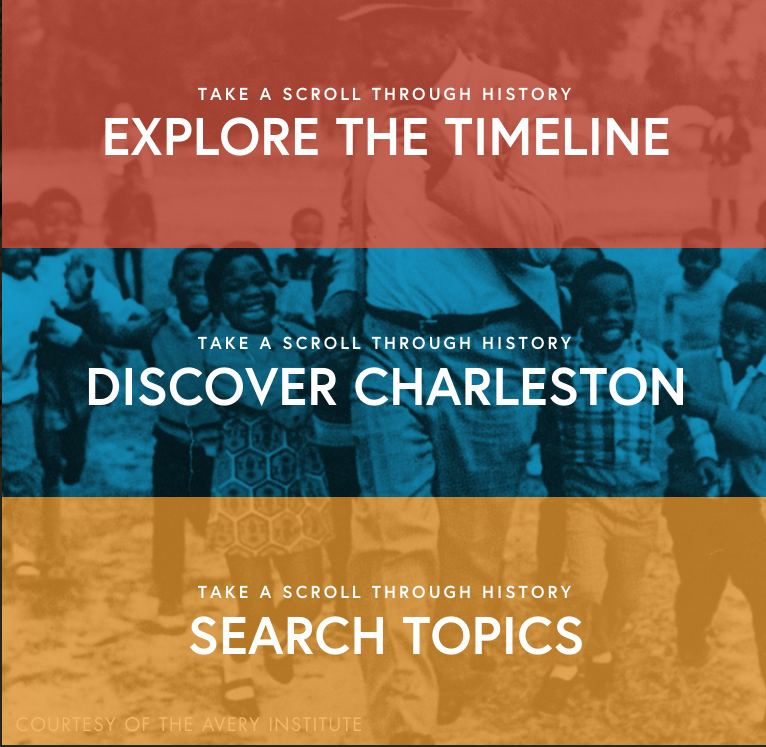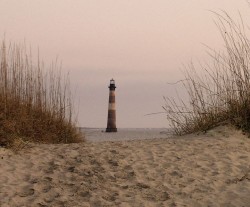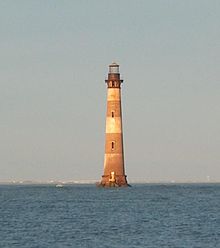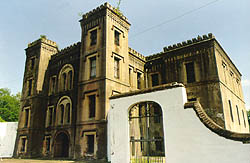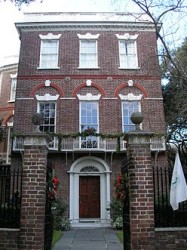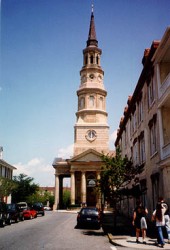Moja, a Swahili word meaning “One,” is the appropriate name for this festival celebration of harmony among all people in our community.” MOJAfestival.com
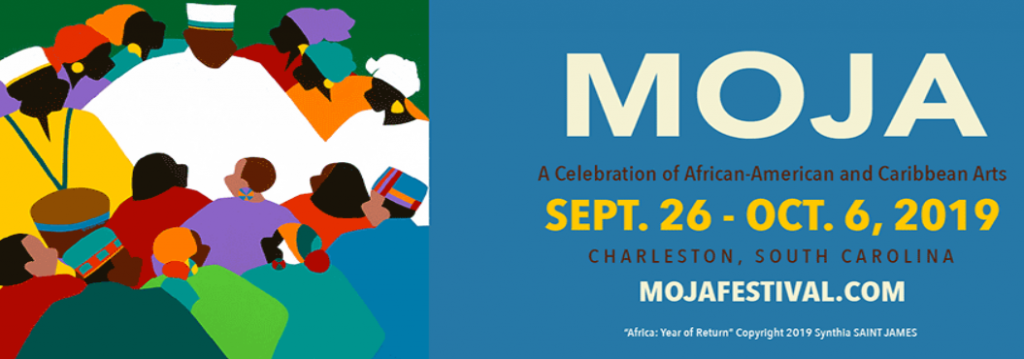
“2019 marks Charleston’s 36th annual MOJA Arts Festival: A Celebration of African-American and Caribbean Arts. Selected as one of the Southeast Tourism Society’s Top 20 Events for many years, the MOJA Arts Festival promises an exciting line-up of events with a rich variety of traditional favorites. The upcoming festival is scheduled for Thursday, September 26 through Sunday, October 6, 2019. Nearly half of MOJA’s events are admission-free, and the remainder are offered at modest ticket prices.
The MOJA Arts Festival is a multi-disciplinary festival produced and directed by the City of Charleston Office of Cultural Affairs in partnership with the MOJA Planning Committee, a community arts and cultural group, and the MOJA Advisory Board, a group of civic leaders who assist with fundraising and advocacy.” MOJAfestival.com
Further Info – ABCNews4.com: MOJA Heritage Day celebrates African-American and Caribbean culture
